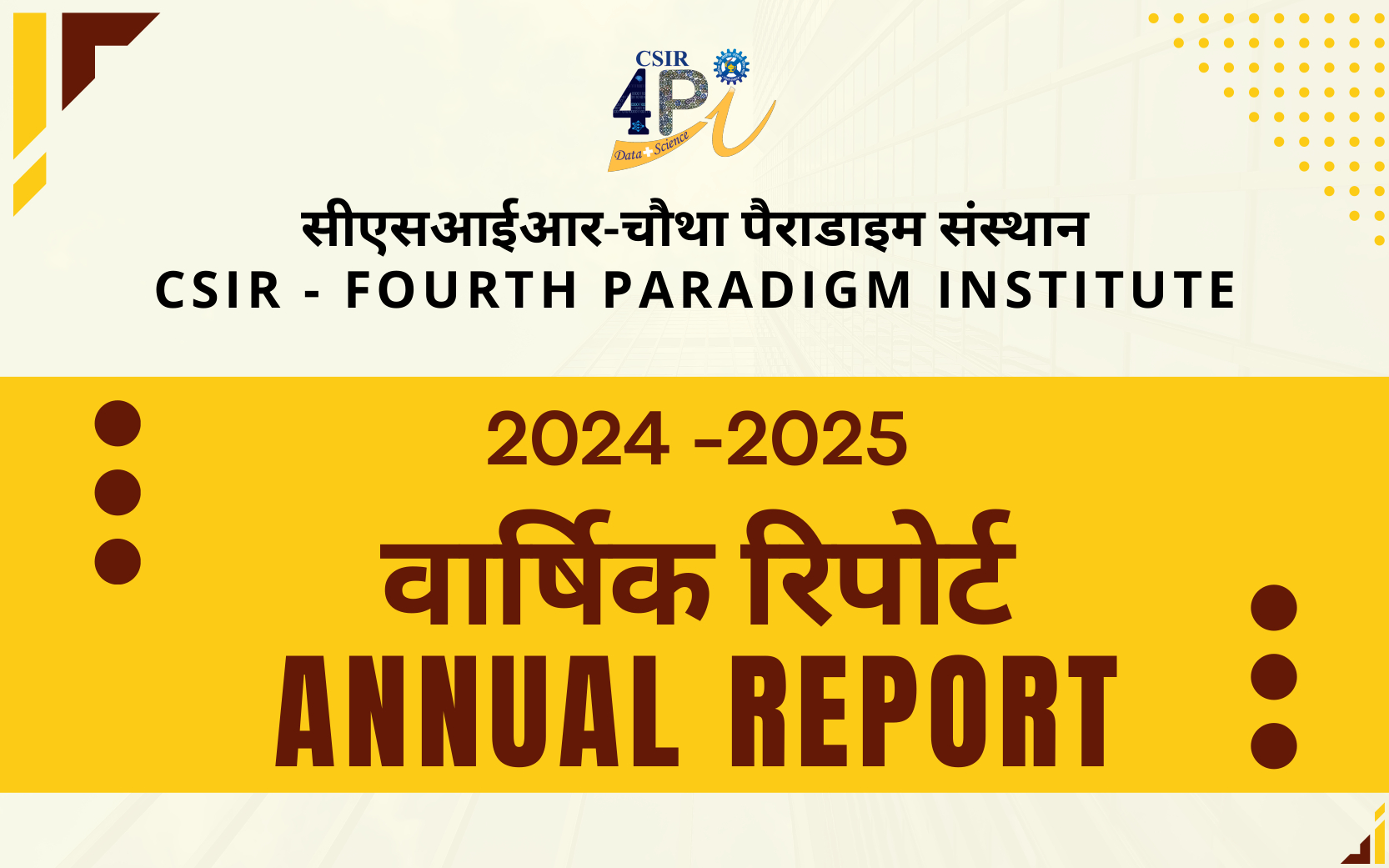Thermodynamic structure of the atmospheric boundary layer over a coastal station in India for contrasting sky conditions during different seasons
by Sachin Philip Kakkanattu, Sanjay Kumar Mehta, D. Bala Subrahamanyam, V. Rakesh and Amit P. Kesarkar
Abstract
The thermodynamic structure of the atmospheric boundary layer for contrasting sky conditions over Chennai, a coastal station in the Indian subcontinent, is investigated through conserved variable analysis of equivalent potential temperature and specific humidity. Simultaneous radiosonde and micropulse lidar measurements undertaken in 2018 constitute the primary database in this investigation. One of the most prominent features of this analysis is a consistent occurrence of a double mixed layer structure during the clear-sky and cloudy conditions throughout the year. The occurrence frequency of the double mixing lines is higher during the pre-monsoon season compared with the winter and northeast (NE) monsoon seasons. The advection mainly dominates the formation of double mixing lines during the winter and pre-monsoon seasons. In contrast, convection and advection dominate during the southwest (SW) and NE monsoon seasons. The frequent double mixing lines over Chennai occur mainly from the restratification of the convective boundary layer (CBL) due to the sea-breeze onset and the cloud layer. Occasionally, a triple mixing line structure is also observed during the fair-weather boundary layer (FWBL) of the pre-monsoon and SW monsoon seasons. Among the 355 total observations collected during 2018, the first, second, and third mixing lines occurred 100%, 70%, and 14%, respectively. The thermal internal boundary layer (TIBL), CBL, and FWBL occur ~50%, ~97%, and ~ 30%, respectively. The first mixing line is represented by both the TIBL and CBL, and CBL and FWBL represent the second mixing line, whereas the third mixing line is represented solely by the FWBL. The first and second mixing line shows strong seasonal variations with lower altitudes during the pre-monsoon season and higher altitudes in the SW monsoon season, almost in the same phase as the CBL variation but in the opposite phase of the TIBL variations. The CBL height attains a minimum during the winter season and maximum during the SW monsoon season, while TIBL becomes minimum during the pre-monsoon and SW monsoon seasons and maximum during winter and NE monsoon seasons.
Source: https://doi.org/10.1016/j.atmosres.2023.106915






























